Monitoring MEPs and SSEPs in neuromuscular scoliosis patients
Objective: Neurological deficits, such as cerebral palsy (CP) can hinder the feasibility of motor evoked potentials (MEPs) and somatosensory evoked potentials (SSEPs). This study investigated patient characteristics predicting feasibility of monitoring in neuromuscular scoliosis patients. Methods: We retrospectively included 82 neuromuscular scoliosis patients (age 14.3 years± 3.35). For MEP stimulation, we used voltage stimulation, 75µs pulsewidth, and double train stimulation whenever necessary (n=38). Tibial nerve SSEPs were recorded at both cervical and cortical sites.



